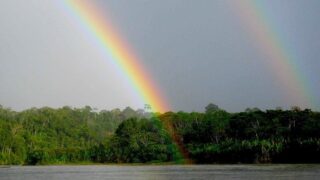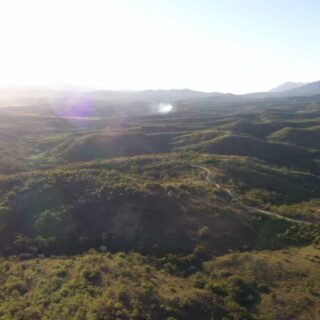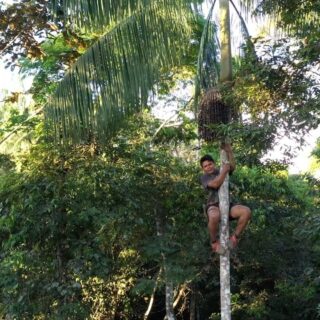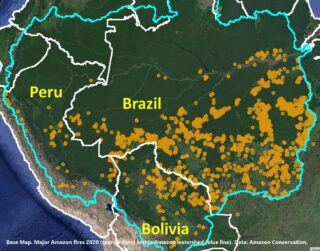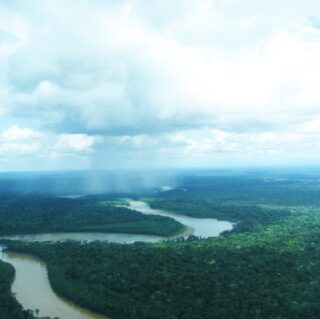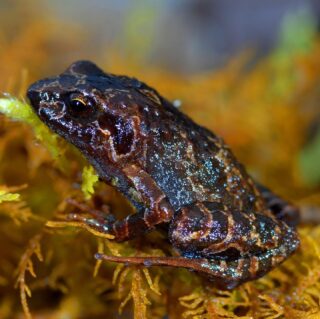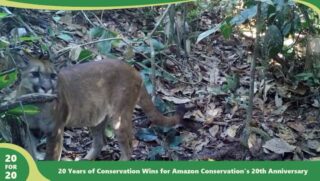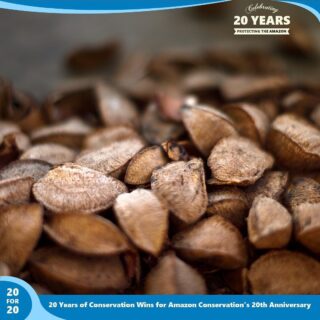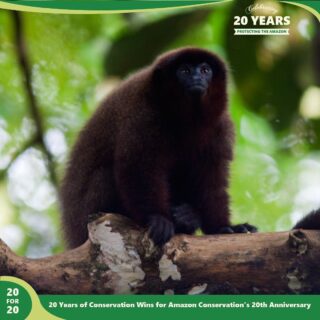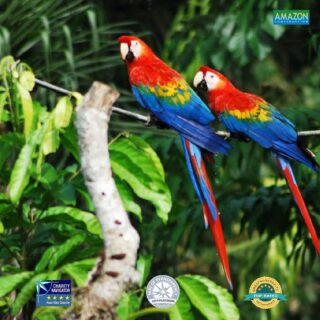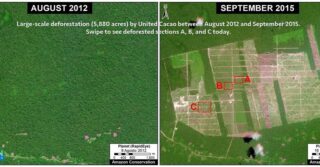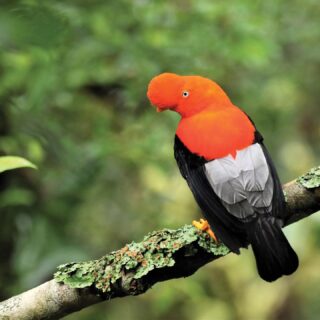
Wow, the results are in! Los Amigos Biological Station participated in this year’s Global Big Day on May 9th in a big way. Global Big Day a day on which birders worldwide attempt to record as many species of birds as possible within a 24-hour period.
The 4-person team at Los Amigos included University of Michigan Ph.D. candidate Sean Williams. “My backyard in the Peruvian Amazon held more than 500 species in an area the size of Central Park, and I could not extinguish the blazing thoughts of the species I would encounter that day,” he wrote in a blog about the experience.
By the end of the day, birders had seen a total of 308 species at Los Amigos—the fifth highest recorded site total in the world! Peru was also the country that saw the most bird species, totalling 1177 in all, almost a hundred more than the next closest country. (By the way, the two southeastern regions where we work, Madre de Dios and Cusco, saw the most bird species within Peru!)

 Scientists have described a new species of frog from ACA’s
Scientists have described a new species of frog from ACA’s  Edgar Lehr from the Senckenberg Natural History Collection in Dresden, Germany and ACA scholarship recipient Rudolf von May from Florida International University’s Department of Biological Sciences describe this new species in the latest issue of the
Edgar Lehr from the Senckenberg Natural History Collection in Dresden, Germany and ACA scholarship recipient Rudolf von May from Florida International University’s Department of Biological Sciences describe this new species in the latest issue of the  Photos of animals like the ones here were recorded by three camera traps, each just 250 meters from the CICRA biological station in the Los Amigos Conservation Concession in Madre de Dios, Peru.
Photos of animals like the ones here were recorded by three camera traps, each just 250 meters from the CICRA biological station in the Los Amigos Conservation Concession in Madre de Dios, Peru. terrestrial mammal.
terrestrial mammal. Scientists are from Mars and artists are from Venus—right? Not at Los Amigos! This year our flagship station, normally overrun by scientist types, threw open its doors to the right side of the brain via a new resident artist program. Frances Buerkens, a student at Berea College, was our first artist. She spent two months at Los Amigos taking photographs of Amazonian wildlife, people and landscapes. One of her photos, reproduced above in the article on mercury contamination, was published in New Scientist with an article on the devastating effects of mining in tropical forests.
Scientists are from Mars and artists are from Venus—right? Not at Los Amigos! This year our flagship station, normally overrun by scientist types, threw open its doors to the right side of the brain via a new resident artist program. Frances Buerkens, a student at Berea College, was our first artist. She spent two months at Los Amigos taking photographs of Amazonian wildlife, people and landscapes. One of her photos, reproduced above in the article on mercury contamination, was published in New Scientist with an article on the devastating effects of mining in tropical forests.